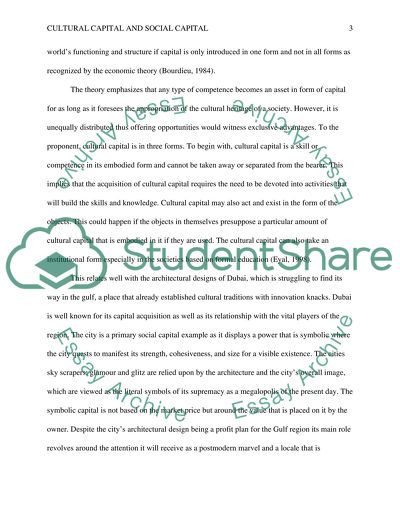Cite this document
(“Cultural Capital and Social Capital Essay Example | Topics and Well Written Essays - 2250 words”, n.d.)
Retrieved de https://studentshare.org/sociology/1436273-cultural-capital-and-social-capitaly
Retrieved de https://studentshare.org/sociology/1436273-cultural-capital-and-social-capitaly
(Cultural Capital and Social Capital Essay Example | Topics and Well Written Essays - 2250 Words)
https://studentshare.org/sociology/1436273-cultural-capital-and-social-capitaly.
https://studentshare.org/sociology/1436273-cultural-capital-and-social-capitaly.
“Cultural Capital and Social Capital Essay Example | Topics and Well Written Essays - 2250 Words”, n.d. https://studentshare.org/sociology/1436273-cultural-capital-and-social-capitaly.


